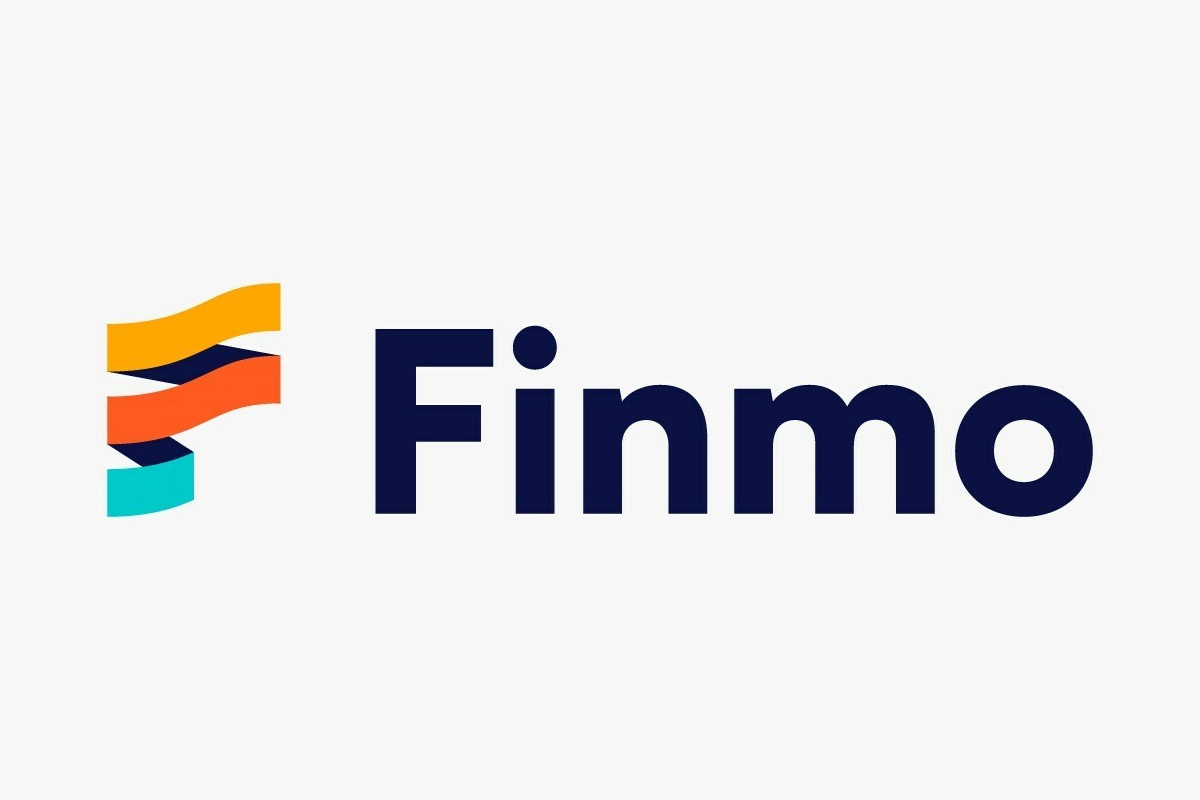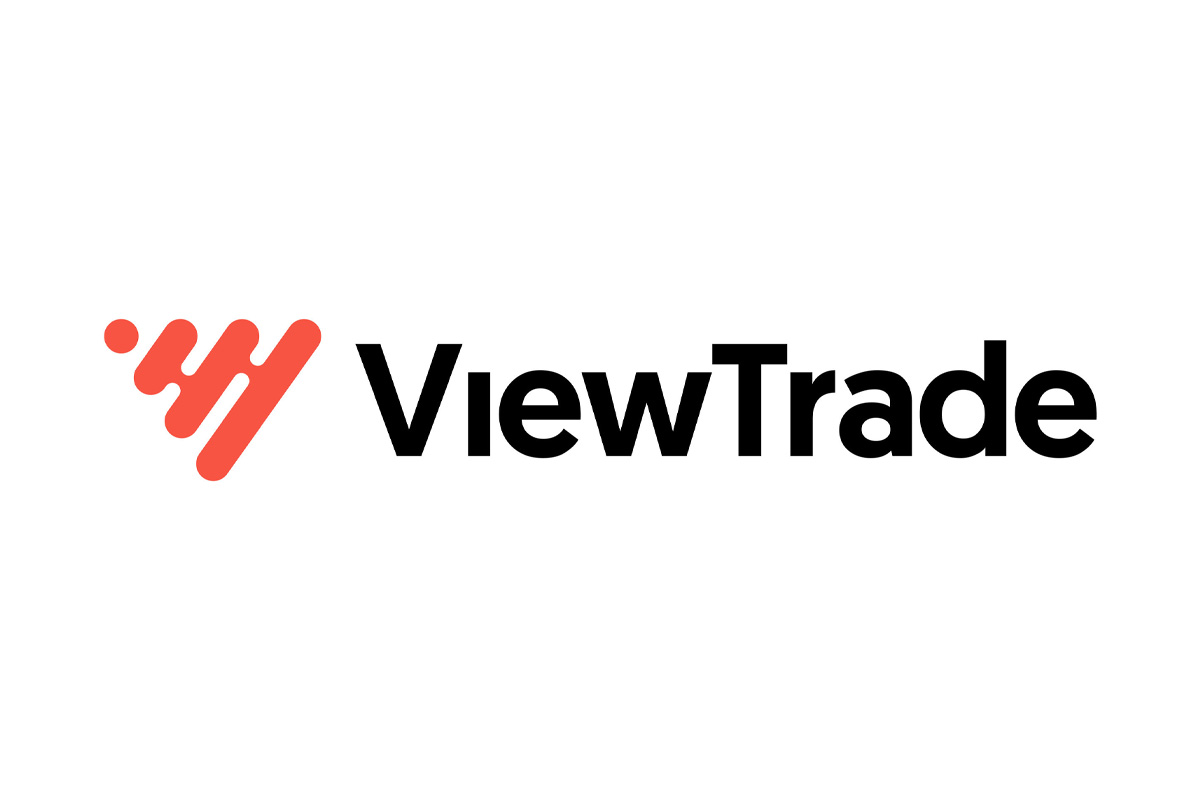Fintech
Sumsub to Establish APAC Headquarters Providing Full-cycle Verification Services

Sumsub, a full-cycle verification platform that secures the whole user journey, today announces its plans to make Singapore its APAC headquarters and wider business development goals in the region. This strategic move comes in response to the escalating threat of identity fraud in the region with the rise in digital startups.
In recent years, Singapore has seen a sharp rise in digital assets and fintech businesses. Similarly, Hong Kong is also emerging as an international crypto hub as it continues to embrace the potential of Web3. By capitalizing on Singapore’s global financial stature and tapping into its vibrant startup scene, Sumsub aims to forge valuable partnerships and extend its reach in the wider region.
“The Asia-Pacific region is one of our top priorities in terms of global expansion. Here, digital startups, especially fintechs, are booming, and we see huge business opportunities in the APAC market since instant user onboarding and strong fraud protection are in high demand. Sumsub has already helped thousands of global Western and Eastern companies build high-conversion verification flows while keeping fraud at bay and ensuring regulatory compliance—and we’re ready to serve more customers and partners in the APAC region,” – comments Andrew Sever, co-founder & CEO of Sumsub.
As Sumsub’s internal statistics show, APAC is no exception when it comes to the steady increase in identity fraud worldwide. For instance, in Singapore, digital fraud in the fintech industry grew 33% from Q1 to Q2 2023. During the same period, the rate of ID card fraud increased 1.5 times, while passport fraud more than doubled, reaching 3.5%. In Hong Kong, the passport fraud rate reached over 4% last quarter, alongside Malaysia. Notably, the Philippines experienced a doubling of residence permit, Indonesia and Thailand witnessed over 60% increase in ID fraud rate.
With years of international experience and dozens of Asian clients in its portfolio—including Binance, bitwallet, and Bybit—Sumsub has developed a product that allows companies to maintain a high level of fraud protection and stay compliant with various KYC (know your customer), KYB (know your business) and AML (anti-money laundering) regulations.
Sumsub breaks down borders for businesses by offering the best customer experiences customized to different jurisdictions, all while providing the highest pass rates across both emerging and developed markets. Sumsub rolls out innovative features ahead of wider market adoption, offering a Travel Rule solution for the crypto industry in Singapore and Hong Kong, as well as document-free 1click verification in Indonesia. This allows for fast and inclusive onboarding in Asian markets.
Sumsub has appointed Penny Chai as its leading representative in Singapore, responsible for business development and operations in the APAC region. Having joined Sumsub earlier this year, Penny is a veteran in the identity verification industry and a seasoned expert in fintech and IT compliance.
“We are thrilled to announce the opening of our new regional headquarters in Singapore, marking an exciting milestone for our company in the APAC region. With our extensive experience and best practices from around the world, we are excited to work closely with our partners and businesses to foster a more secure business environment in the region”, – adds Penny Chai, VP of Business Development, APAC at Sumsub.
With its expansion to the APAC region, Sumsub aims to target fintech, crypto, trading, gaming and mobility—industries in which the company already verifies millions of identities annually for its 2000+ global client base.
Fintech
How to identify authenticity in crypto influencer channels

Modern brands stake on influencer marketing, with 76% of users making a purchase after seeing a product on social media.The cryptocurrency industry is no exception to this trend. However, promoting crypto products through influencer marketing can be particularly challenging. Crypto influencers pose a significant risk to a brand’s reputation and ROI due to rampant scams. Approximately 80% of channels provide fake statistics, including followers counts and engagement metrics. Additionally, this niche is characterized by high CPMs, which can increase the risk of financial loss for brands.
In this article Nadia Bubennnikova, Head of agency Famesters, will explore the most important things to look for in crypto channels to find the perfect match for influencer marketing collaborations.
-
Comments
There are several levels related to this point.
LEVEL 1
Analyze approximately 10 of the channel’s latest videos, looking through the comments to ensure they are not purchased from dubious sources. For example, such comments as “Yes sir, great video!”; “Thanks!”; “Love you man!”; “Quality content”, and others most certainly are bot-generated and should be avoided.
Just to compare:


LEVEL 2
Don’t rush to conclude that you’ve discovered the perfect crypto channel just because you’ve come across some logical comments that align with the video’s topic. This may seem controversial, but it’s important to dive deeper. When you encounter a channel with logical comments, ensure that they are unique and not duplicated under the description box. Some creators are smarter than just buying comments from the first link that Google shows you when you search “buy YouTube comments”. They generate topics, provide multiple examples, or upload lists of examples, all produced by AI. You can either manually review the comments or use a script to parse all the YouTube comments into an Excel file. Then, add a formula to highlight any duplicates.

LEVEL 3
It is also a must to check the names of the profiles that leave the comments: most of the bot-generated comments are easy to track: they will all have the usernames made of random symbols and numbers, random first and last name combinations, “Habibi”, etc. No profile pictures on all comments is also a red flag.
LEVEL 4
Another important factor to consider when assessing comment authenticity is the posting date. If all the comments were posted on the same day, it’s likely that the traffic was purchased.
2. Average views number per video
This is indeed one of the key metrics to consider when selecting an influencer for collaboration, regardless of the product type. What specific factors should we focus on?
First & foremost: the views dynamics on the channel. The most desirable type of YouTube channel in terms of views is one that maintains stable viewership across all of its videos. This stability serves as proof of an active and loyal audience genuinely interested in the creator’s content, unlike channels where views vary significantly from one video to another.
Many unauthentic crypto channels not only buy YouTube comments but also invest in increasing video views to create the impression of stability. So, what exactly should we look at in terms of views? Firstly, calculate the average number of views based on the ten latest videos. Then, compare this figure to the views of the most recent videos posted within the past week. If you notice that these new videos have nearly the same number of views as those posted a month or two ago, it’s a clear red flag. Typically, a YouTube channel experiences lower views on new videos, with the number increasing organically each day as the audience engages with the content. If you see a video posted just three days ago already garnering 30k views, matching the total views of older videos, it’s a sign of fraudulent traffic purchased to create the illusion of view stability.
3. Influencer’s channel statistics
The primary statistics of interest are region and demographic split, and sometimes the device types of the viewers.
LEVEL 1
When reviewing the shared statistics, the first step is to request a video screencast instead of a simple screenshot. This is because it takes more time to organically edit a video than a screenshot, making it harder to manipulate the statistics. If the creator refuses, step two (if only screenshots are provided) is to download them and check the file’s properties on your computer. Look for details such as whether it was created with Adobe Photoshop or the color profile, typically Adobe RGB, to determine if the screenshot has been edited.
LEVEL 2
After confirming the authenticity of the stats screenshot, it’s crucial to analyze the data. For instance, if you’re examining a channel conducted in Spanish with all videos filmed in the same language, it would raise concerns to find a significant audience from countries like India or Turkey. This discrepancy, where the audience doesn’t align with regions known for speaking the language, is a red flag.
If we’re considering an English-language crypto channel, it typically suggests an international audience, as English’s global use for quality educational content on niche topics like crypto. However, certain considerations apply. For instance, if an English-speaking channel shows a significant percentage of Polish viewers (15% to 30%) without any mention of the Polish language, it could indicate fake followers and views. However, if the channel’s creator is Polish, occasionally posts videos in Polish alongside English, and receives Polish comments, it’s important not to rush to conclusions.
 Example of statistics
Example of statistics
Wrapping up
These are the main factors to consider when selecting an influencer to promote your crypto product. Once you’ve launched the campaign, there are also some markers to show which creators did bring the authentic traffic and which used some tools to create the illusion of an active and engaged audience. While this may seem obvious, it’s still worth mentioning. After the video is posted, allow 5-7 days for it to accumulate a basic number of views, then check performance metrics such as views, clicks, click-through rate (CTR), signups, and conversion rate (CR) from clicks to signups.
If you overlooked some red flags when selecting crypto channels for your launch, you might find the following outcomes: channels with high views numbers and high CTRs, demonstrating the real interest of the audience, yet with remarkably low conversion rates. In the worst-case scenario, you might witness thousands of clicks resulting in zero to just a few signups. While this might suggest technical issues in other industries, in crypto campaigns it indicates that the creator engaged in the campaign not only bought fake views and comments but also link clicks. And this happens more often than you may realize.
Summing up, choosing the right crypto creator to promote your product is indeed a tricky job that requires a lot of resources to be put into the search process.

Author
Nadia Bubennikova, Head of agency at Famesters
Fintech
Central banks and the FinTech sector unite to change global payments space

The BIS, along with seven leading central banks and a cohort of private financial firms, has embarked on an ambitious venture known as Project Agorá.
Named after the Greek word for “marketplace,” this initiative stands at the forefront of exploring the potential of tokenisation to significantly enhance the operational efficiency of the monetary system worldwide.
Central to this pioneering project are the Bank of France (on behalf of the Eurosystem), the Bank of Japan, the Bank of Korea, the Bank of Mexico, the Swiss National Bank, the Bank of England, and the Federal Reserve Bank of New York. These institutions have joined forces under the banner of Project Agorá, in partnership with an extensive assembly of private financial entities convened by the Institute of International Finance (IIF).
At the heart of Project Agorá is the pursuit of integrating tokenised commercial bank deposits with tokenised wholesale central bank money within a unified, public-private programmable financial platform. By harnessing the advanced capabilities of smart contracts and programmability, the project aspires to unlock new transactional possibilities that were previously infeasible or impractical, thereby fostering novel opportunities that could benefit businesses and consumers alike.
The collaborative effort seeks to address and surmount a variety of structural inefficiencies that currently plague cross-border payments. These challenges include disparate legal, regulatory, and technical standards; varying operating hours and time zones; and the heightened complexity associated with conducting financial integrity checks (such as anti-money laundering and customer verification procedures), which are often redundantly executed across multiple stages of a single transaction due to the involvement of several intermediaries.
As a beacon of experimental and exploratory projects, the BIS Innovation Hub is committed to delivering public goods to the global central banking community through initiatives like Project Agorá. In line with this mission, the BIS will soon issue a call for expressions of interest from private financial institutions eager to contribute to this ground-breaking project. The IIF will facilitate the involvement of private sector participants, extending an invitation to regulated financial institutions representing each of the seven aforementioned currencies to partake in this transformative endeavour.
Source: fintech.globa
The post Central banks and the FinTech sector unite to change global payments space appeared first on HIPTHER Alerts.
Fintech
TD Bank inks multi-year strategic partnership with Google Cloud

TD Bank has inked a multi-year deal with Google Cloud as it looks to streamline the development and deployment of new products and services.
The deal will see the Canadian banking group integrate the vendor’s cloud services into a wider portion of its technology solutions portfolio, a move which TD expects will enable it “to respond quickly to changing customer expectations by rolling out new features, updates, or entirely new financial products at an accelerated pace”.
This marks an expansion of the already established relationship between TD Bank and Google Cloud after the group previously adopted the vendor’s Google Kubernetes Engine (GKE) for TD Securities Automated Trading (TDSAT), the Chicago-based subsidiary of its investment banking unit, TD Securities.
TDSAT uses GKE for process automation and quantitative modelling across fixed income markets, resulting in the development of a “data-driven research platform” capable of processing large research workloads in trading.
Dan Bosman, SVP and CIO of TD Securities, claims the infrastructure has so far supported TDSAT with “compute-intensive quantitative analysis” while expanding the subsidiary’s “trading volumes and portfolio size”.
TD’s new partnership with Google Cloud will see the group attempt to replicate the same level of success across its entire portfolio.
Source: fintechfutures.com
The post TD Bank inks multi-year strategic partnership with Google Cloud appeared first on HIPTHER Alerts.
-
Latest News7 days ago
Aurionpro Solutions acquires Arya.ai, to power next generation Enterprise AI platforms for Financial Institutions
-
Latest News3 days ago
Clayfin Technologies and Jana Small Finance Bank Honored with Prestigious IBSi Digital Banking Award 2024
-
Latest News3 days ago
HANDSHAKE SPEAKEASY IN MEXICO CITY NAMED AS THE BEST BAR IN NORTH AMERICA AS RANKING OF NORTH AMERICA’S 50 BEST BARS IS REVEALED AT THIRD ANNUAL AWARDS CEREMONY
-
Latest News5 days ago
Colombia to showcase sustainable investment opportunities at the Investment Roadshow in London
-
Latest News5 days ago
Fortis Digital Solutions secures $20 million Series A funding to expand its presence in the MENA region
-
Latest News4 days ago
Nium Expands Regional Footprint in Asia; Signs Partnership MOU with Indonesian Payments Infrastructure Leader, Artajasa
-
Latest News4 days ago
RPX Corporation Launches RPX Empower
-
Latest News3 days ago
Allfunds has partnered with Google Cloud to leverage AI-powered innovation and optimize its infrastructure.










